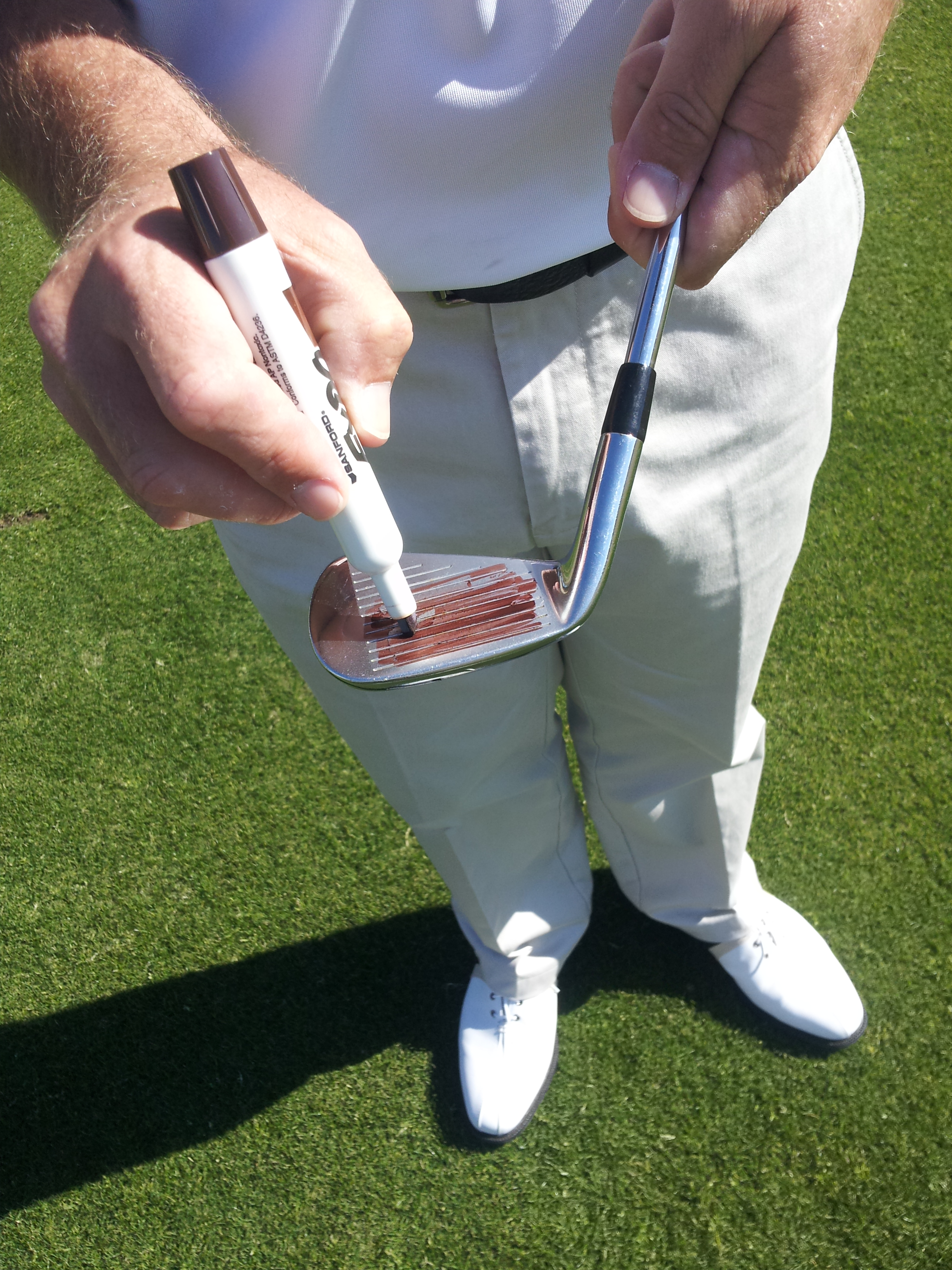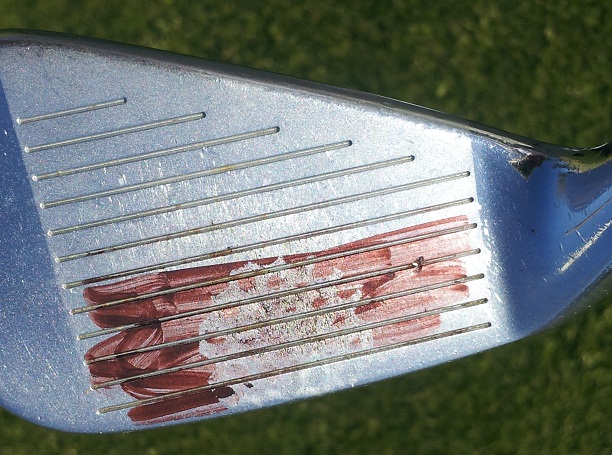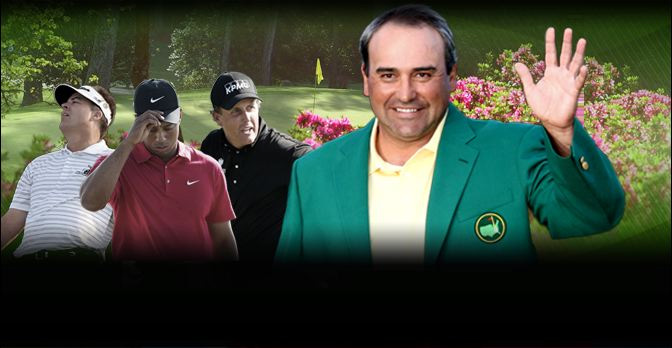Which Driver Shaft Length?
/When I tested my old college driver a few weeks ago my interest was piqued by how close my swing speed with the 43.5 inch club was to my current 45 inch driver. I have heard that altering the shaft length of your driver by an inch can/should alter the club speed by up to 4 mph. This called for a test.....
Using TrackMan my idea was to test the same golfer, clubhead and golf ball, but change the shaft length. I took my current driver, which is the Titleist D3 8.5 degree (B1) with a 45" Motore F3 70 gram stiff shaft and tested it alongside the same head (B1) with a 43" Project X 82 gram stiff shaft. Essentially a driver shaft versus a 3 wood shaft. I had recently came across a 42.5" well kept old Wilson Staff JP persimmon driver with a steel shaft and decided to include that in the testing.
I hit 11 shots with each club and eliminated the data for the poorest shot with each club. I was using fresh Titleist NXT Tour golf balls and it was a perfect 80 degree day with little wind. The results were astounding!
With all three clubs my tendency was to hit up on the ball with a slight in to out club path. My swing plane was very consistent from shot to shot (which surprised me a little actually) and the clubface was almost always slightly open at impact. This path and face relationship led to an average shot shape of a slight draw. Here are the numbers:
45" Driver Shaft
- Club Speed 101.3 mph
- Ball Speed 151.6 mph
- Spin Rate 2697 rpm
- Launch Angle 11.3 degrees
- Carry 245 yards
- Total 272.2 yards
- Height 76 feet
43" Three Wood Shaft
- Club Speed 101.1 mph
- Ball Speed 150.0 mph
- Spin Rate 2100 rpm
- Launch Angle 14.0 degrees
- Carry 249 yards
- Total 278.7 yards
- Height 84.3 feet
42.5" Persimmon Driver with Steel Shaft
- Club Speed 93.4 mph
- Ball Speed 141.2 mph
- Spin Rate 2115 rpm
- Launch Angle 10.3 degrees
- Carry 206.4 yards
- Total 246.4 yards
- Height 48 feet
I couldn't believe it! I hit my driver with a 3 wood shaft further, higher, with less spin and above all else - straighter. Take a look at how much straighter: (yellow - driver shaft/purple - 3 wood shaft/ white - persimmon)
I also totaled the distance (after roll) the ten shots with each club finished from the center line:
- Persimmon - 182 feet (average 18" off line)
- Three wood shaft - 234 feet (average 23" feet off line)
- Driver shaft - 315 feet (average 31" off line)
On my Andrew Rice Golf Facebook page I asked readers if they had any experience with shortening the shaft of their driver and here are a few of their responses:
"I just went to a 44" and am loving it! Longer then my 45.5" and straighter too!" GT
"Went to 44" and more consistent with no loss in distance" AvS
"44" Callaway...more fairways AND more distance!!!" CL
"Went to 44" and I hit it more solid further and straighter" PW
"44" this year. I agree it is far better. Middle of the face more often." SF
"I found it made me less steep through attack so I have lowered my spin rate and launched it about a degree higher" AB
By the way - most of the above quotes are from full-time professional golf instructors. So what can we learn from this research?
Having tested a few golfers with shorter shafts it seems to me that each golfer has a 'threshold' length - an ideal length that gives them the optimal combination of speed and accuracy. For some that threshold could be 46" while for others they perform best with a 42" driver. The only way to find out is to get yourself with a teacher or fitter that has access to Trackman and various shafts.
Another point to note is that while the 3 wood shaft had a slightly slower club and ball speed the shots were longer...why? Notice how the launch angle was higher while the spin rate was lower. A perfect illustration of the term 'high launch low spin'. Launch the ball higher to get more out of your tee shots.
What can we learn from the 'persimmon' data? While that shaft was even shorter than the 3 wood shaft it was substantially heavier. I believe the 3 wood graphite shaft was almost 50 grams lighter than it's steel counterpart which would explain the almost 7 mph difference in club speed. The size, or lack there of, of the head was intimidating in the beginning, but as I went through the shots I became more comfortable. I believe that practicing with a smaller clubhead like this can only be beneficial in the long term for any serious golfer.
My feeling standing over the shorter club was better and almost every golfer I tested reported the same sense. The club feels easier to control and many golfers have reported a feel that they can 'get through' the shot better. I really felt like I could smash it without it going off line - a nice feeling!
Physics says that longer shaft + lighter shaft = faster club speed = more distance. On paper that might be true, but when the human element is involved everything changes. The next time I tee it up it will be with a substantially shorter shaft in my driver...but that's just me!













 Congratulations to Angel Cabrera on winning the Masters and his second major. It's true what they say about the Masters, "It all comes down to the back nine!" The difference this year was that it all came down to the final two holes. Seventeen and eighteen favor a straight or left to right ball flight and I believe that really made all the difference in the outcome. The major players were Cabrera, Perry, Campbell and Mickelson. Cabrera was fading the ball comfortably all day, Perry and Campbell are known drawers of the ball and Lefty had his fade working.
Mickelson attempted three draws on the back nine, all with poor results - tee ball @ 11 (trees), tee ball @ 12 (water) and tee ball @ 18 (bunker). Every other tee shot on the back nine played into his fade perfectly.
Congratulations to Angel Cabrera on winning the Masters and his second major. It's true what they say about the Masters, "It all comes down to the back nine!" The difference this year was that it all came down to the final two holes. Seventeen and eighteen favor a straight or left to right ball flight and I believe that really made all the difference in the outcome. The major players were Cabrera, Perry, Campbell and Mickelson. Cabrera was fading the ball comfortably all day, Perry and Campbell are known drawers of the ball and Lefty had his fade working.
Mickelson attempted three draws on the back nine, all with poor results - tee ball @ 11 (trees), tee ball @ 12 (water) and tee ball @ 18 (bunker). Every other tee shot on the back nine played into his fade perfectly.



